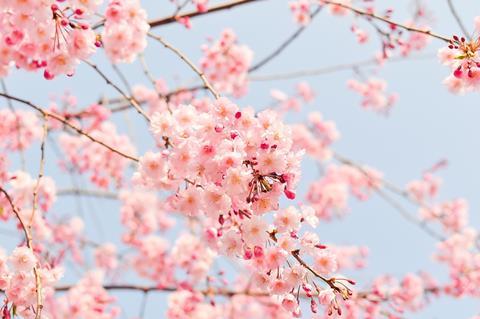Grafting is a traditional and significant strategy to suppress soil-borne diseases, such as the crown gall disease caused by tumorigenic Agrobacterium and Rhizobium. Root exudates and the rhizosphere microbiome play critical roles in controlling crown gall disease, but their roles in suppressing crown gall disease in grafted plants remain unclear.

Here, disease-susceptible cherry rootstock ‘Gisela 6’ and disease-resistant cherry rootstock ‘Haiying 1’ were grafted onto each other or self-grafted. The effect of their root exudates on the soil microbiome composition and the abundance of pathogenic Agrobacterium were studied.
Suppressing disease
Grafting onto the disease-resistant rootstock helped to reduce the abundance of pathogenic Agrobacterium, accompanied by altering root exudation, enriching potential beneficial bacteria, and changing functions of the microbiome.
The composition of the root exudates from grafted plants was analyzed and the potential compounds responsible for decreasing pathogenic Agrobacterium abundance were identified.
Based on quantitative measurement of the concentrations of the compounds and testing the impacts of supplied pure chemicals on abundance and chemotaxis of pathogenic Agrobacterium and potential beneficial bacteria, the decreased valine in root exudates of the plant grafted onto resistant rootstock was found to contribute to decreasing Agrobacterium abundance, enriching some potentially beneficial bacteria and suppressing crown gall disease. This study, published in Horticulture Research, provides insights into the mechanism whereby grafted plants suppress soil-borne disease.







No comments yet